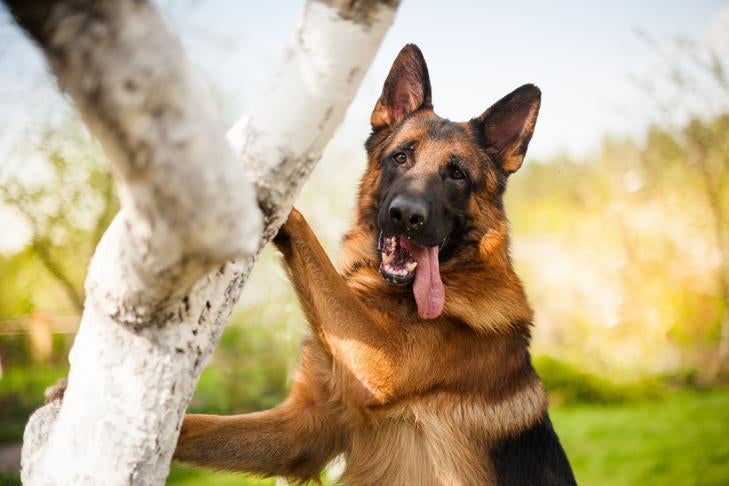When it comes to owning a pet, one of the most important factors to consider is their diet. Each species of pet requires a specific diet in order to stay healthy and thrive, and dogs are no different. Many pet owners are wondering if the popular food supplement, SAP, is safe for their canine companion. This blog post will explore the pros and cons of feeding dogs SAP, helping pet owners make an informed decision about the kind of food they provide for their four-legged family members. We will discuss the potential health benefits and risks associated with feeding SAP to dogs, as well as answer some common questions related to this controversy. By the end of this post, you will have all the information you need to decide if SAP is the right choice for your pup.
Reasons for Pine Sap Being Bad For Dogs
Irritation is the main deterrent to giving pine sap to dogs.
This means that whenever your dog consumes pine sap, it will begin to experience bodily discomfort. This can manifest in different ways and isn’t always the same in each dog. The cause might have to do with the quantity of pine sap a dog consumes or the dog’s size.
Each element will influence how irritated a dog feels.
It will generally result in some discomfort and nausea, neither of which the dog will enjoy!
For this reason, it’s best to keep pine sap away from dogs.
Clubs Offering:
During the spring and early summer when it flows most freely, sugary tree sap can be the bane of a dog owner’s existence. This super-sticky substance is notoriously tricky to remove from fur. Additionally, it can become glued with irritating pine needles and other debris, making your dog’s coat a matted, unpleasant mess.
Fortunately, this time of year you don’t have to skip your regular woodland dog walks. Most likely, you already have all the equipment necessary to remove sap from your dog’s fur at home. And it doesn’t have to be a task you and your dog dread if you move quickly and prepare with treats.

Is pine sap toxic or poisonous to cats?
Pine sap has been shown to be slightly toxic to cats and can result in serious health risks such as vomiting and liver or kidney damage if ingested by a cat. This would solely depend on how much pine sap the cat has consumed, but if the cat consumes too much pine sap, it could be fatal.
FAQ
What kind of sap is toxic to dogs?
For your pet, some tree saps, such as pine sap, can be mildly toxic.
Is pine Cone sap poisonous to dogs?
Due to the pine trees’ production of pine oil or sap, some dogs may experience allergic reactions to pine cones. In addition to being poisonous to dogs, pine oil (or sap) can also trigger allergic reactions, especially in those with a high propensity for allergies.
Is sap poisonous?
If ingested accidentally, sap poses no threat to the tree, insects, or even humans (parents with young children may have already realized this). However, it can be a real pain if it gets on your car or windows because it is sticky, smelly, and sticky.
How do you get sap off a dog’s paw?
Apply a small amount of coconut oil, olive oil, mineral oil, or peanut butter to the affected paws and gently massage it in to remove sap from them easily. The sap will start to loosen and ball up. Pull the sap that has come loose from the paw using a paper towel.